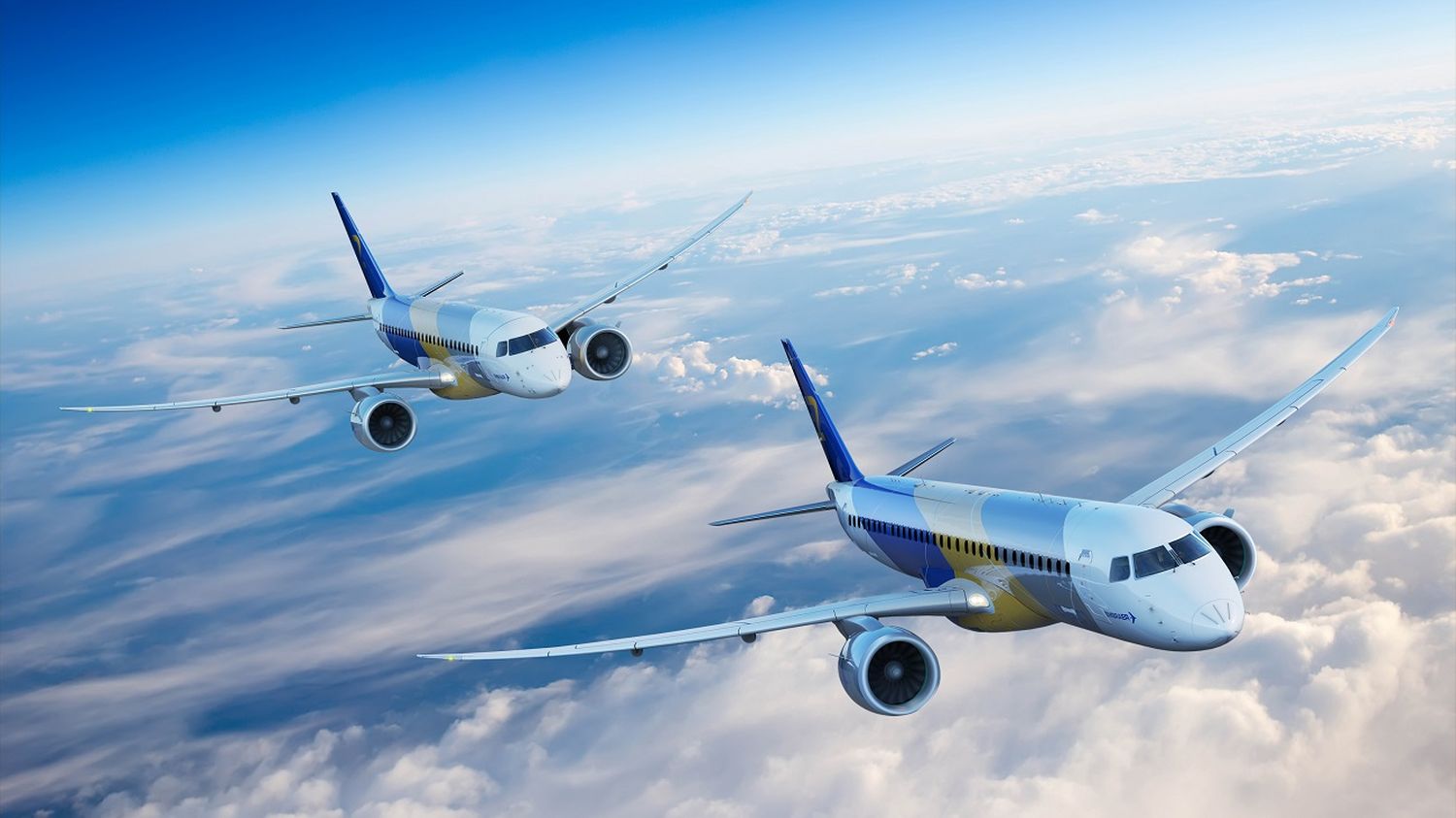Embraer refutes rumors of developing new large single-aisle aircraft
As reported by the Wall Street Journal weeks ago, Embraer might be developing a new model to compete with the Airbus A320 and Boeing 737. The undertaking is enormous, with a multibillion-dollar investment required. In this regard, the Bombardier C-Series is a clear example of what it takes to launch a new aircraft. The program was launched in 2008, and the first flight was in 2013. Despite its excellent value and low operating costs, customer concerns, particularly regarding the residual value of the units, prevented it from securing large orders. The story had a predictable ending: the Canadian manufacturer sold the program to Airbus for a pittance – which renamed it as the A220 – and withdrew from commercial aviation.
Related content: Embraer, Eve Air Mobility, and Groupe ADP Partner for Sustainable Aviation at Paris-Le Bourget
After the rumors surfaced, Embraer responded: despite external studies determining that the company possesses the technological know-how and capability to develop and manufacture a new-generation narrow-body aircraft (the first of its kind, as both the A320neo and 737 MAX are iterations of families that are at least forty years old), a company spokesperson stated that «we have no plans for capital investment at this time.»
«We have a young and very successful portfolio of products developed in recent years, and we are truly focused on selling them and making Embraer bigger and stronger,» the spokesperson added. Investments for the development of new models typically run into tens of billions of dollars and require decades.


Para comentar, debés estar registradoPor favor, iniciá sesión